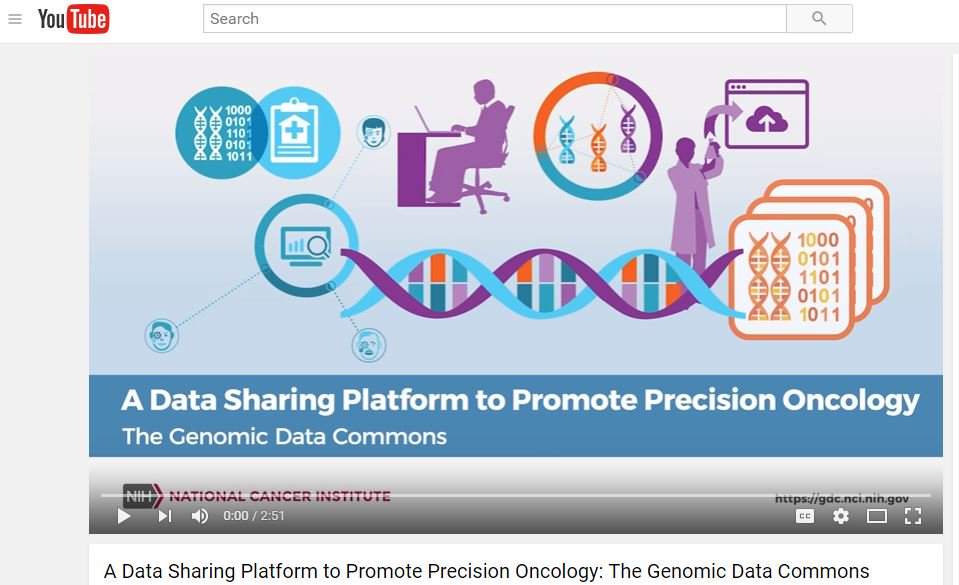Abstract:
Adenocarcinoma ex-goblet cell carcinoid (appendiceal-type crypt cell adenocarcinoma) is a morphologically distinct entity with highly aggressive behavior and frequent association with peritoneal|[sol]|intra-abdominal dissemination: an analysis of 77 cases : Modern Pathology
24 June 2016
High-grade versions of appendiceal goblet cell carcinoids
(‘adenocarcinoma ex-goblet cell carcinoids’) are poorly characterized.
We herein document 77 examples. Tumors occurred predominantly in females
(74
%), mean age 55 years (29–84), most with disseminated abdominal (77
% peritoneal,
58% gynecologic tract involvement) and stage IV (65
%)
disease.
Many presented to gynecologic oncologists, and nine had a
working diagnosis of ovarian carcinoma. Metastases to liver (n
=3) and lung (n
=1)
were uncommon and none arose in adenomatous lesions. Tumors had various
histologic patterns, in variable combinations, most of which were
fairly specific, making them
recognizable as appendiceal in origin, even
at metastatic sites: I: Ordinary goblet cell carcinoid
/crypt
pattern (rounded, non-luminal acini with well-oriented goblet cells),
in variable amounts in all cases. II: Poorly cohesive goblet cell
pattern (diffusely infiltrative cords
/single files of signet ring-like
/goblet
cells). III: Poorly cohesive non-mucinous cell (diffuse-infiltrative
growth of non-mucinous cells). IV: Microglandular (rosette-like
glandular) pattern without goblet cells. V: Mixed ‘other’ carcinoma foci
(including ordinary intestinal
/mucinous). VI:
goblet cell carcinoid pattern with high-grade morphology (marked nuclear
atypia). VII: Solid sheet-like pattern punctuated by goblet cells
/microglandular units. Ordinary nested
/trabecular (‘carcinoid pattern’) was very uncommon. In total, 33(52
%) died of disease, with median overall survival 38 months and 5-year survival 32
%.
On multivariate analysis perineural invasion and younger age (<55)
were independently associated with worse outcome while lymph-vascular
invasion, stage, and nodal status trended toward, but failed to reach,
statistical significance. Worse behavior in younger patients combined
with
female predilection and ovarian-affinity raise the possibility of
hormone-assisted tumor progression. In conclusion, ‘adenocarcinoma
ex-goblet cell carcinoid’ is an appendix-specific, high-grade malignant
neoplasm with distinctive morphology that is recognizable at metastatic
sites and recapitulates crypt cells (appendiceal crypt cell
adenocarcinoma). Unlike intestinal-type adenocarcinoma,
it occurs
predominantly in women, is disguised as gynecologic malignancy, and
spreads along peritoneal surfaces with only rare hematogenous
metastasis. It appears to be significantly more aggressive than
appendiceal mucinous neoplasms.










